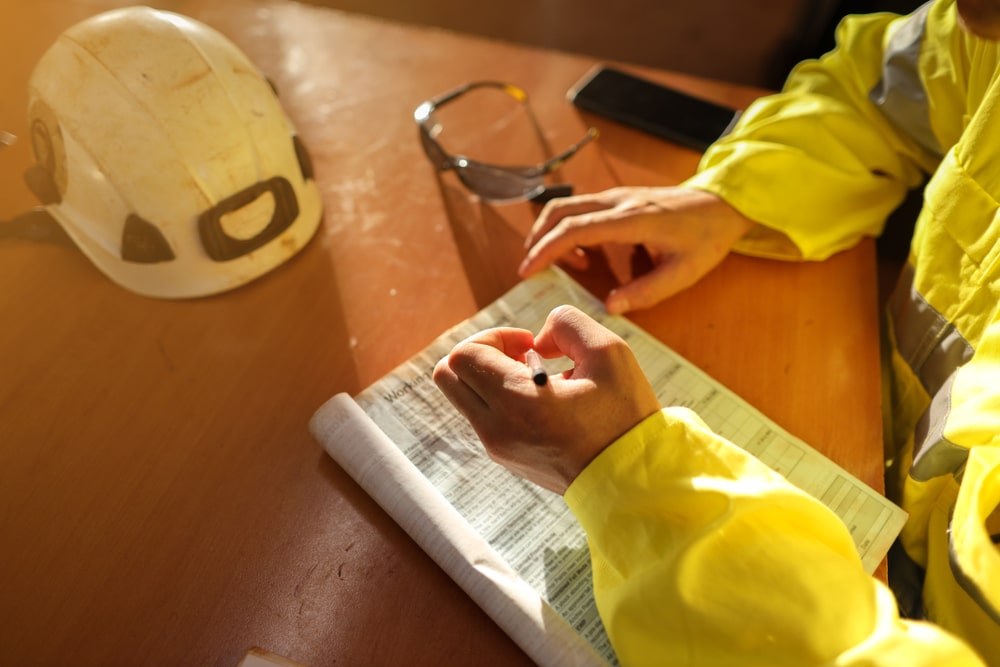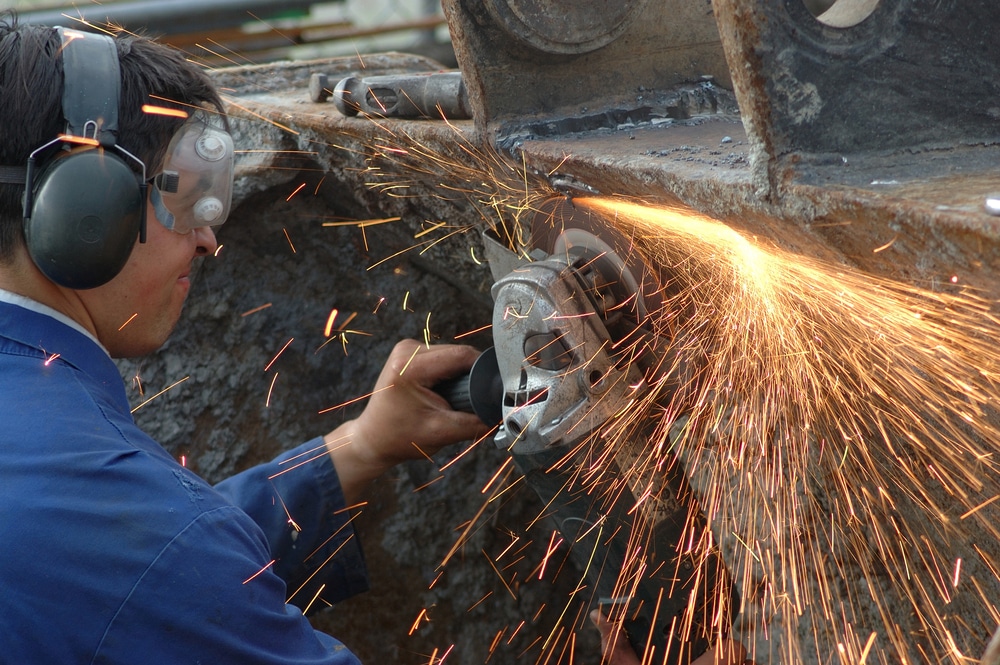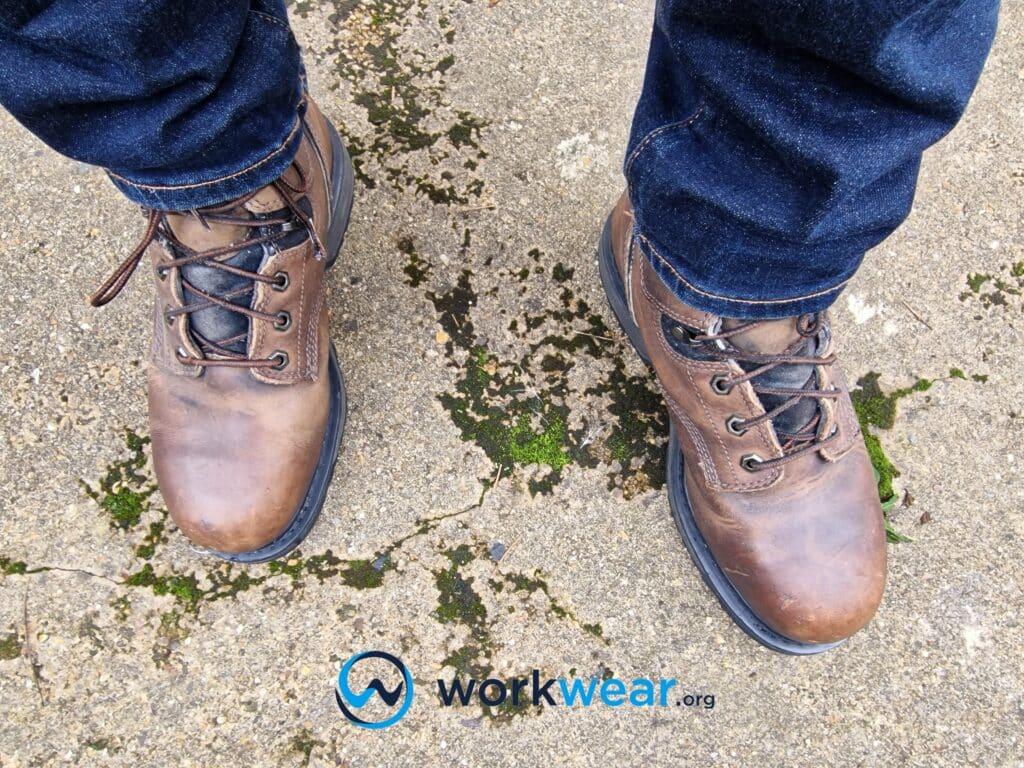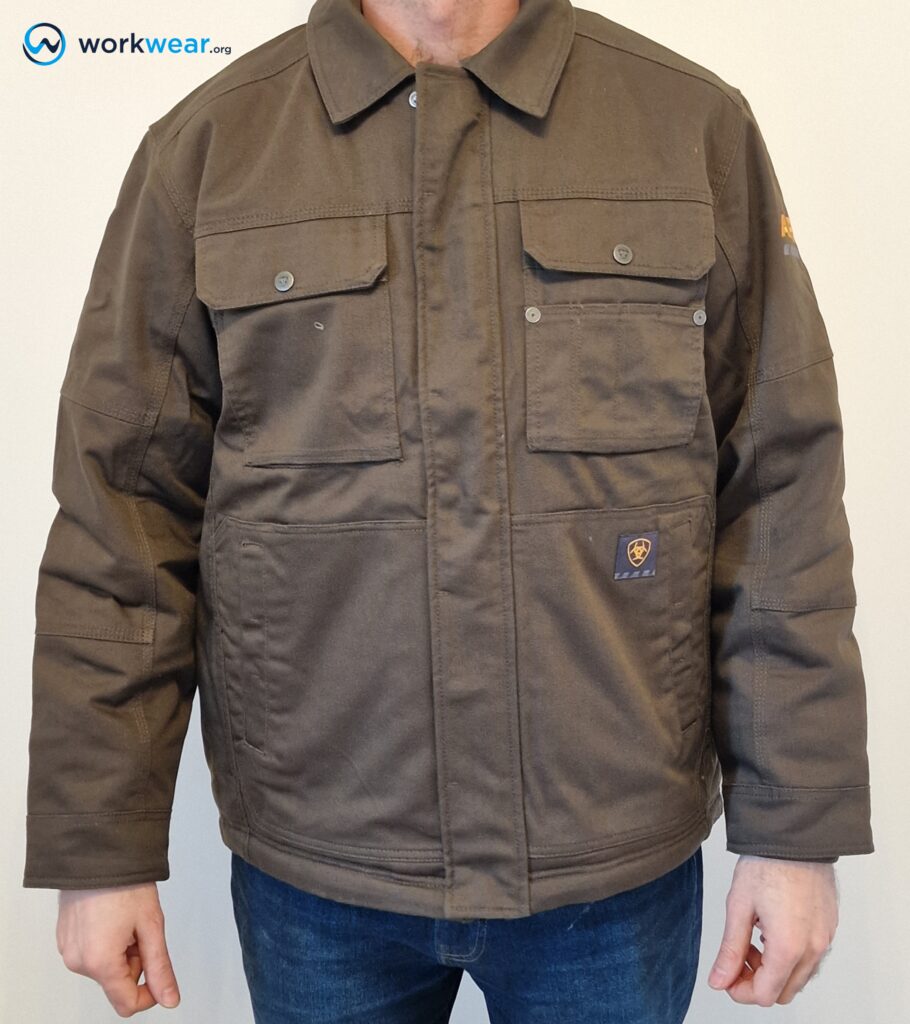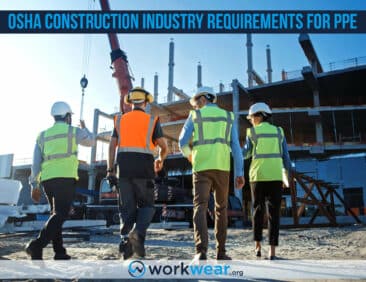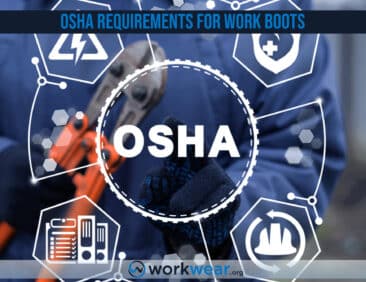Workwear Selection Criteria – A Certified Professional’s Perspective
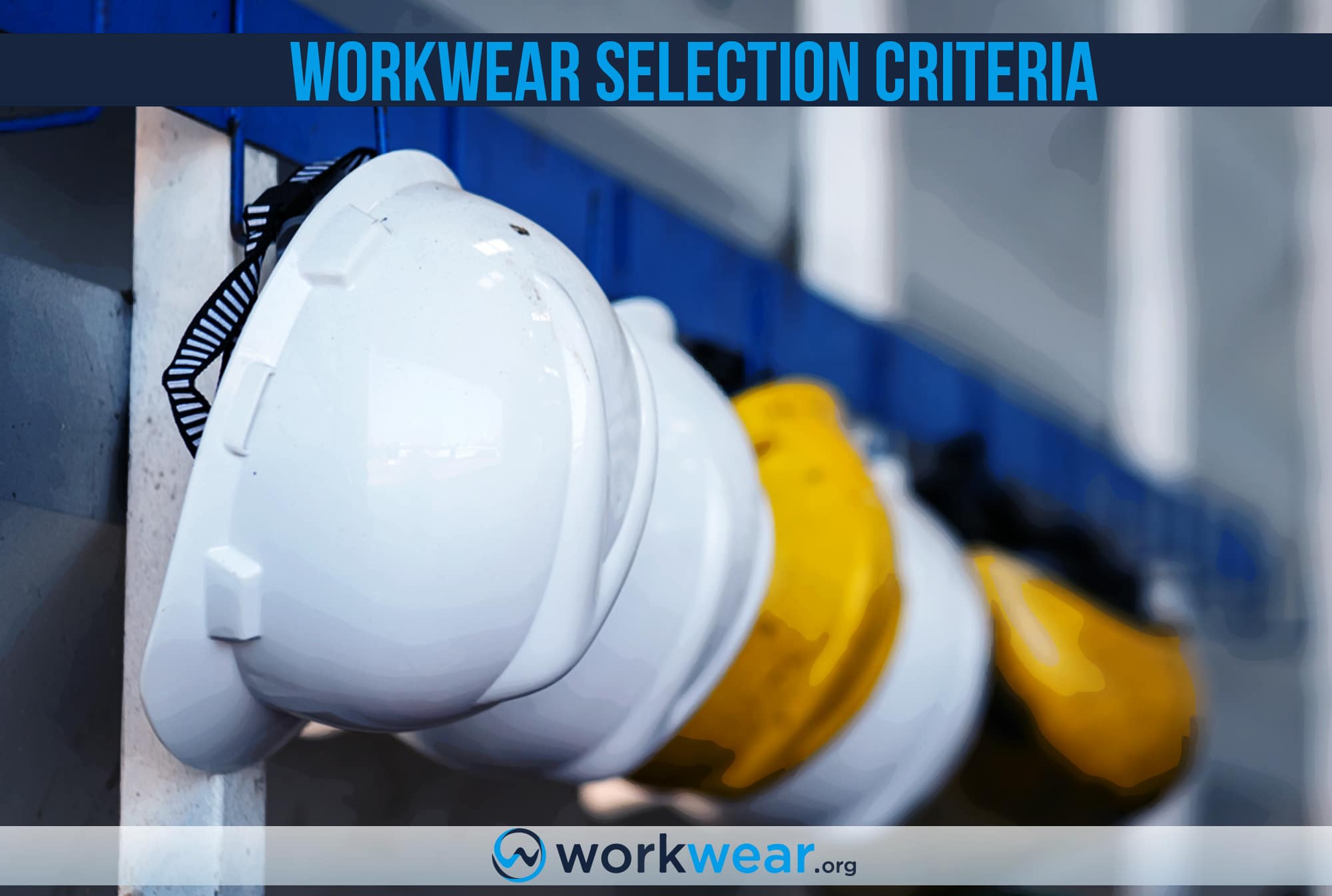
Workwear is crucial for your safety at work, as it acts as the last line of defense against harmful hazards. But not all workwear is created equal, and selecting the wrong one could have disastrous consequences. For instance, wearing latex gloves when working with chemicals that dissolve them could be a recipe for disaster. That’s why it’s essential to choose the right workwear for the job at hand.
Your employer has the primary responsibility of providing you with suitable workwear, but if you’re an independent professional, it’s your responsibility to choose the right workwear for yourself. Regardless of your employment status, your input is valuable as you know your job and the hazards you face better than anyone else. Factors like the job hazards, the work environment, and the comfort level of the workwear must be considered. By selecting the right workwear, you can ensure that you’re adequately protected while working.
An Evaluation of the Job Hazards
Each job likely will have some hazards associated with performing the job. It’s easier to see this in construction or industrial activities. After all, these jobs deal with things like caustic or flammable chemicals, welding or cutting with hot tools, working at heights, and more. With this in mind, the workwear must be effective against the hazards faced.
For starters, you need to consider why a hazard is a hazard. For example, if you need to handle sharp objects that can cut things tougher than you are, that should indicate that you need extra protection in grasping the sharp items. Suppose you are performing jobs that utilize high heat to perform repairs, such as cutting and welding. In that case, you need workwear capable of withstanding that heat without damage, minimizing heat transfer, and not catching fire.
Some jobs might be working in highly dusty areas. So, you may need protection for your eyes and airways. Yes, an OSHA standard for dust is under “Particulates not otherwise regulated”. You can find out more information about it here. But, you might be surprised how harmful very fine dust can be.
It’s important to know that there can be many different forms of protection against hazards for specific body parts. But they will still be effective. Workwear selection must account for the protective equipment being designed or otherwise rated for hazards. For instance, identifying eye hazards, and providing impact safety glasses to the employees, will only do something if they face fine dust or chemical splash hazards.
The Work Environment
This selection criteria consideration is like evaluating the hazards of the job, except that it focuses on any hazards the environment has. The work itself is not too dangerous. But if employees need to do it in a potentially hazardous environment, they will need protection. Some common environmental considerations include:
- Noise exposures
- Potentially harmful atmospheric exposures (fumes, dust, flammable/explosive conditions)
- Slippery conditions
- Harmful weather conditions
- Glare from sunlight
Any of the above-listed conditions need to be addressed. If not, injuries or property damages can occur. If you get hurt, that’s pain and suffering for you and a loss of valuable products for your employer. So that’s a loss all around.
Eye Protection
It can be easy to take your eyes for granted… until they’re injured or irritated. If your workplace has hazards to your eyes, such as working with chemicals or flying debris, your eye protection will be crucial. Your eyes are a very complicated organ. It is easier than you might think to damage them beyond repair.rnrnThere are also a variety of hazards that can impact the eyes. So, using the right type of eye protection is important. For example, safety glasses that are rated only for impacts will not off much, if any, protection from chemical splashes. Likewise, impact-only glasses will not protect against dust. Impact-style safety glasses are common, but they are only sometimes universal. Use the right protection for the job.
Comfort Levels
Many jobs require long hours of substantial labor. That means you can be on your feet and in workwear for eight or more hours daily. So you aren’t wearing it for long if it isn’t comfortable. Worse yet, if the workwear is uncomfortable, you might be tempted to actively rebel in using it. So yes, your safety is important, but if your job is hard, and you have to wear uncomfortable PPE… well, the temptation will be strong to take a shortcut somewhere. That’s all I’m saying.
On the other hand, if you choose effective and comfortable workwear, you will be happy to wear it and be safe. But comfort doesn’t just come down to how well things fit. For example, if you’ve ever worn safety glasses while working hard, and the safety glasses fog up, you may want to take them off. You need to be able to see.
So, comfort also applies to how well they hold up in your work conditions. Safety glasses need to allow you to be protected AND see! Hot work jackets and clothes must protect you from fire and heat, but they also need not make you more prone to overheating if possible.
Comfort can seem small to some, but you want to notice this criterion to get the best out of your employees. It’s good for morale to show that you want your employees working conditions to be as comfortable as possible. You are more than likely to get more productivity from them if their workwear is a net gain instead of a significant hindrance.
Workwear that Integrates Well
Some jobs require a lot of protective workwear that can lead to an employee dilemma. An example of this is hot work. If you have maintenance workers that travel across your facility performing repairs, they may need to wear high-visibility clothing. But that clothing, such as a vest, is often unsuitable for performing hot work. Why? They are often made of materials that can melt or catch fire. So, employees may remember to take their vests on and off, which likely leads to them forgetting to put them on at some point or leaving them on and potentially catching fire.
What can you do about that? Thankfully, there are workwear types that incorporate multiple protective measures into them. For example, there are fire-resistant high-visibility vests in the scenario given. Additionally, some jackets or uniforms can have high visibility built into them while being flame resistant. Let’s hear it for advances in safety technology! There are also safety glasses that resist fogging up, so you can see out of them even on hot, humid days.
Another instance of integration can be work gloves that are electric arc flash rated, flame resistant, oil resistant, cut and puncture resistant. Yes, there are gloves like these! Now you won’t find all-in-one solutions for everything. But you can take advantage of them when you come across them. You also need to think about workwear that can solve most, if not all, your other considerations. The better you do this, the more effective workwear and work environment you’ll have. But sometimes, some jobs require a lot of additional factors. You’ll have to account for them in the most feasible way possible. So keep yourself open to effective possibilities.
Conclusion & Key Takeaways
Selecting the right workwear has some important considerations. But they generally make sense. The workwear is generally not provided for and is worn just for giggles. However, it serves a real purpose in your protection like car airbags and seatbelts do. All of the criteria covered go towards making sure you have effective workwear that you’ll wear. Let’s summarize the main points we discussed.
- You need to critically examine the hazards faced as part of performing the job itself. Identify what’s dangerous, why, and how to protect against it effectively.
- It would help if you looked at the hazards that can be or are created by the work environment itself. The job itself is not that dangerous. But if you must do it in extreme heat or cold for many hours, that is another thing.
- The workwear needs to be comfortable. And this is not only in fit but in how well it doesn’t hinder you. It’s great to have your eyes protected, but not if it’s at the cost of your vision.
- Try to get the workwear that has multiple protections. The job and environment can be complex, containing many different hazards. The better individual workwear addresses this, the more likely it will be worn. Workwear only works if it’s used correctly.
